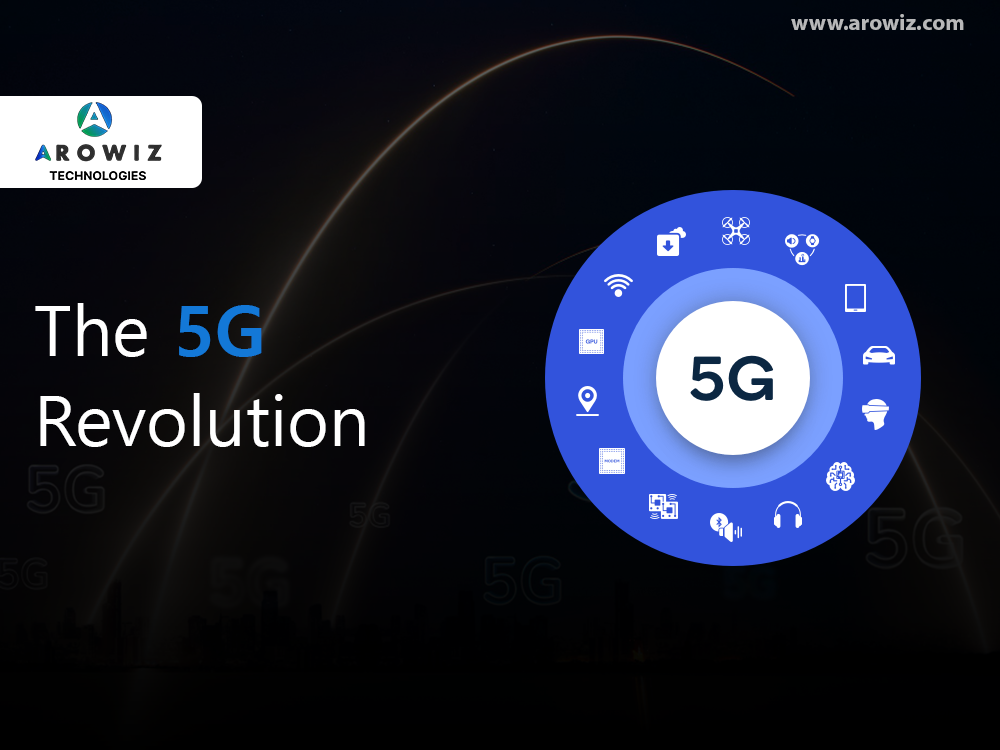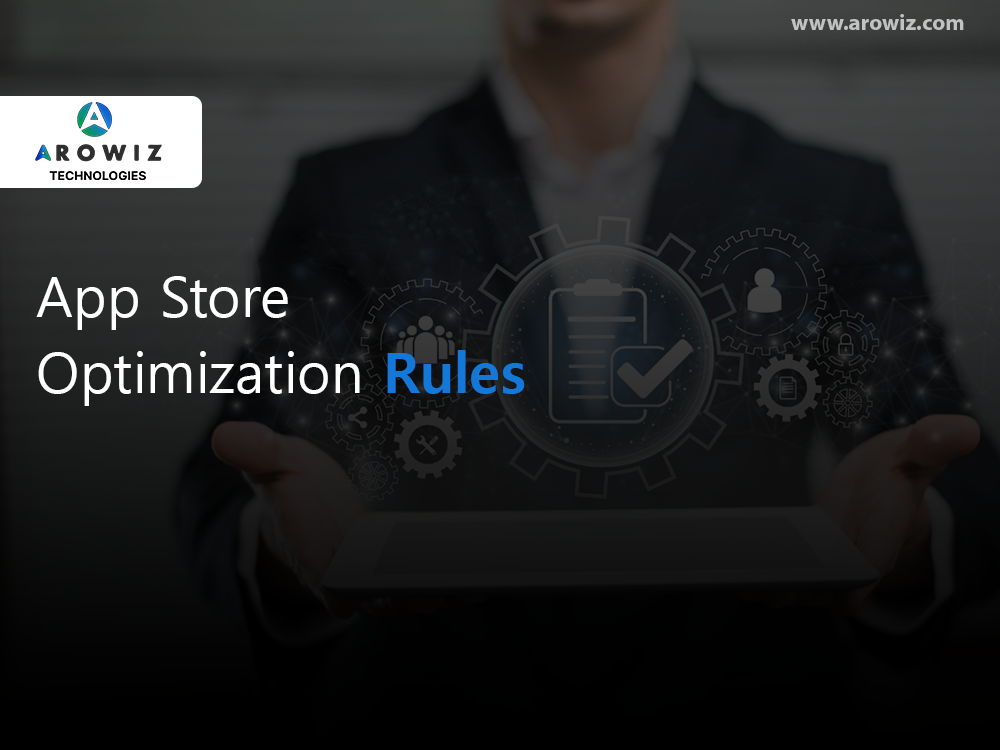The rollout of 5G technology is ushering in a new era of connectivity, promising faster speeds, lower latency, and a…
The 5G Revolution
admin
- September 26, 2023
2 min read

The rollout of 5G technology is ushering in a new era of connectivity, promising faster speeds, lower latency, and a wealth of opportunities across various industries. In this blog, we’ll delve into the rise of 5G technology, its potential impact on our daily lives, and the exciting innovations it’s set to unleash.
The Need for 5G:
Before we explore 5G’s potential, it’s essential to understand why it’s needed. While 4G networks have served us well, they have limitations in terms of speed and capacity. As our reliance on mobile data and IoT devices grows, 5G steps in to provide the necessary infrastructure to support our digital demands.
The 5G Revolution: Unleashing a New Era of Connectivity and Innovation
Introduction:
The rollout of 5G technology is ushering in a new era of connectivity, promising faster speeds, lower latency, and a wealth of opportunities across various industries. In this blog, we’ll delve into the rise of 5G technology, its potential impact on our daily lives, and the exciting innovations it’s set to unleash.
The Need for 5G:
Before we explore 5G’s potential, it’s essential to understand why it’s needed. While 4G networks have served us well, they have limitations in terms of speed and capacity. As our reliance on mobile data and IoT devices grows, 5G steps in to provide the necessary infrastructure to support our digital demands.
Key Benefits of 5G:
Lightning-
Fast Speeds: With 5G, download and upload speeds can reach up to 20 gigabits per second, significantly faster than 4G. This means seamless streaming, quicker downloads, and more responsive applications.
Ultra-Low Latency:
5G networks offer near-instantaneous communication, reducing latency to mere milliseconds. This is crucial for applications like autonomous vehicles, remote surgery, and real-time gaming.
Massive Device Connectivity:
5G can connect a vast number of devices simultaneously, making it ideal for the Internet of Things (IoT). Smart cities, smart homes, and industrial automation will benefit immensely from this capability.
Industries Transformed by 5G:
Telecommunications:
Telecom companies are rolling out 5G networks globally. Consumers can expect better call quality, faster internet speeds, and improved network reliability.
Healthcare:
Telemedicine will thrive with 5G, enabling remote surgeries, real-time patient monitoring, and faster transmission of medical data.
Transportation:
5G paves the way for autonomous vehicles, enhancing safety and efficiency on the roads. Smart traffic management systems will reduce congestion and improve traffic flow.
Manufacturing:
The manufacturing industry will see increased automation and efficiency, with machines and robots communicating in real-time through 5G networks.
Education:
Enhanced connectivity will enable remote and immersive learning experiences, bridging the gap for students in underserved areas.
Challenges and Considerations:
While the prospects of 5G are exciting, there are challenges to address, including:
Infrastructure:
Building a comprehensive 5G infrastructure is costly and requires significant investment.
Security:
As more devices connect to 5G networks, security becomes paramount to protect against cyber threats and data breaches.
Privacy:
The vast amount of data generated by 5G-connected devices raises concerns about individual privacy.
Conclusion:
The rise of 5G technology is poised to transform how we live, work, and connect with the world around us. From healthcare to entertainment, transportation to education, the possibilities are endless. While challenges exist, the potential for innovation and progress in the 5G era is truly exciting, promising a future where connectivity knows no bounds. Embrace the 5G revolution, for it’s here to stay, and it’s here to change the way we experience the world.
Tags
Our New Letter
Get productivity tips delivered straight to your inbox
Ready for more?

Arowiz Technologies is a Central India-based customer Centric software development & Expert IT Staff Augmentation company ...
FOR JOBS
hr@arowiz.comFOR SALES
sales@arowiz.comMARKETING / BLOGS
info@arowiz.comGET CONNECTED
Top Industry
About Us
Top Services
Hire Expert Developers
- AI / ML Developers
- Blockchain Developers
- DevOps Developers
- Web3 / Gaming Developers
- Full Stack Developers
- AR / VR – Meta Developers
- Python Developers
- Solidity Developers
- Node.js Developers
- ReatJs Developers
- Next.Js Developers
- Flutter Developers
- React Native Developers
- Golang Developers
- Mobile App Developers







